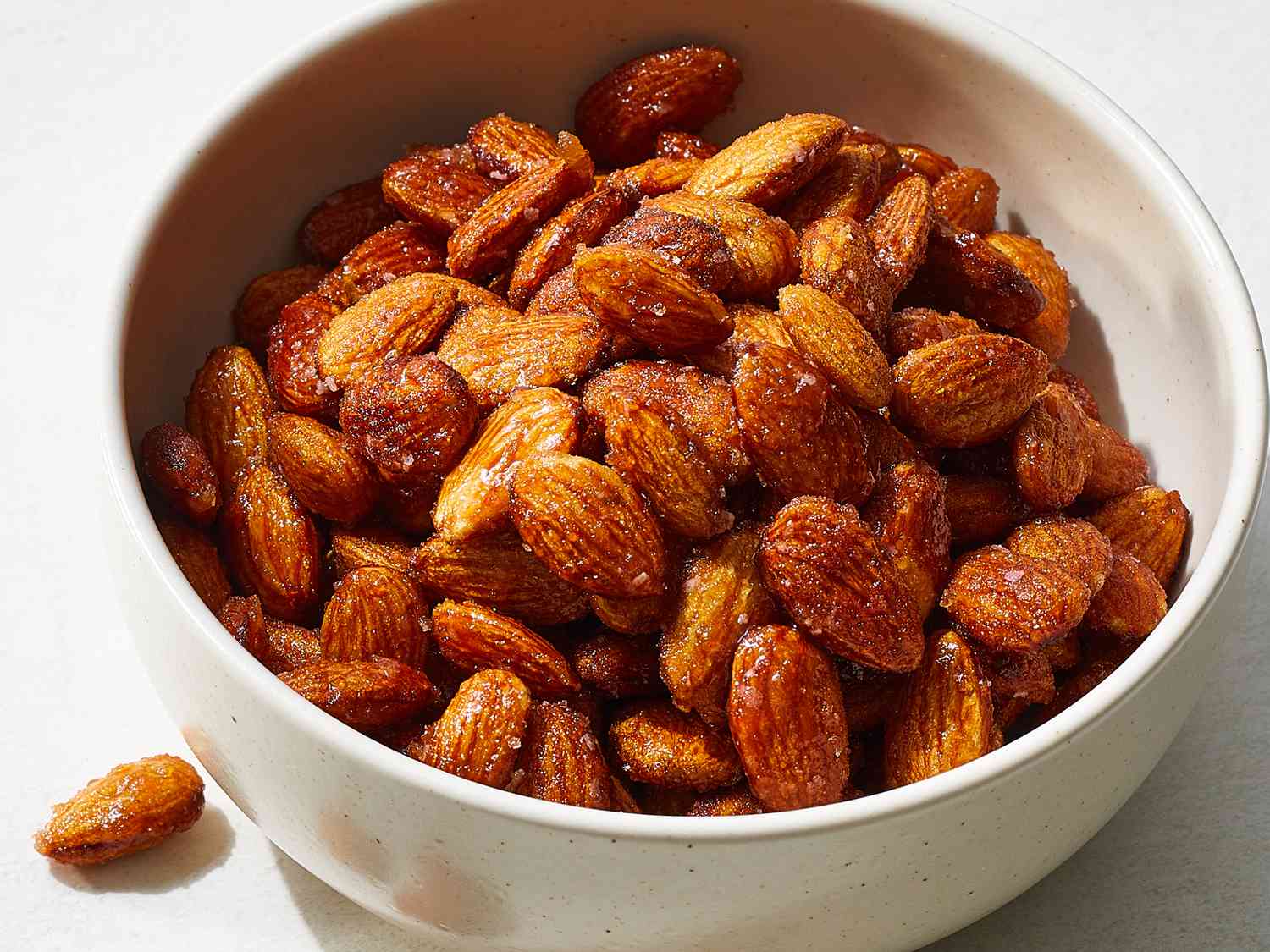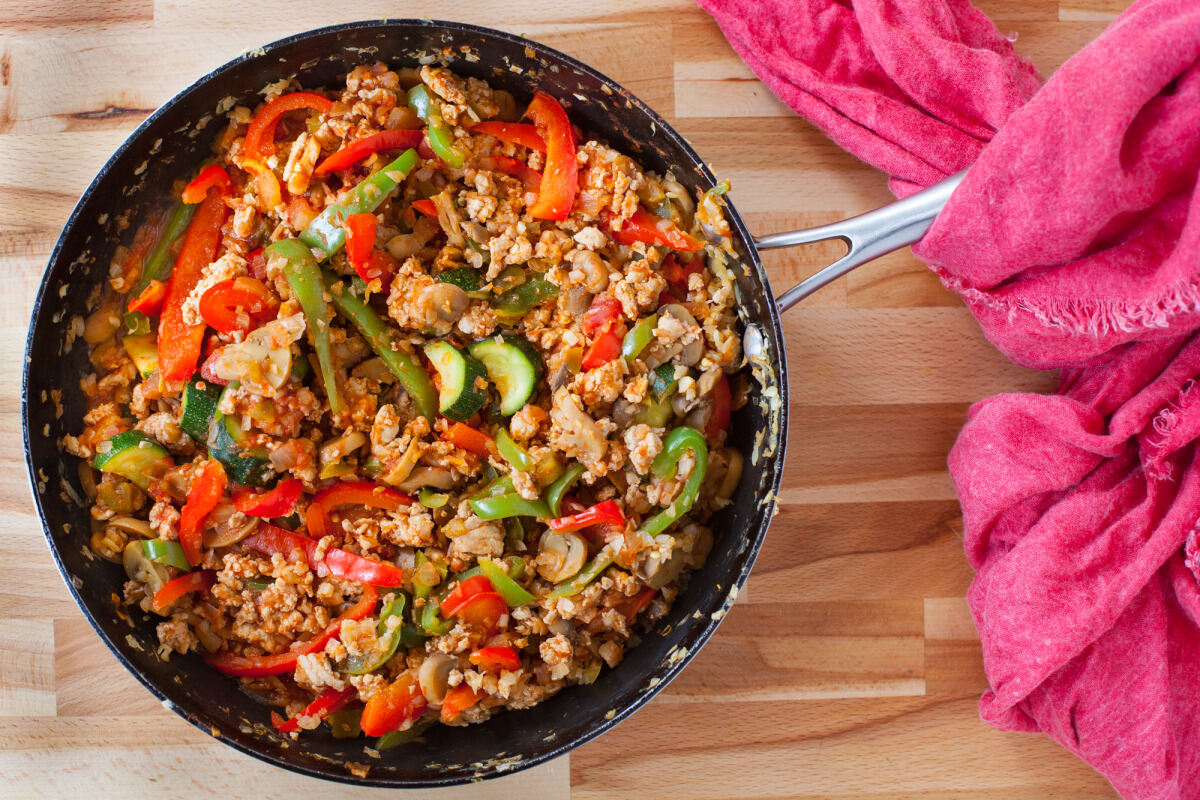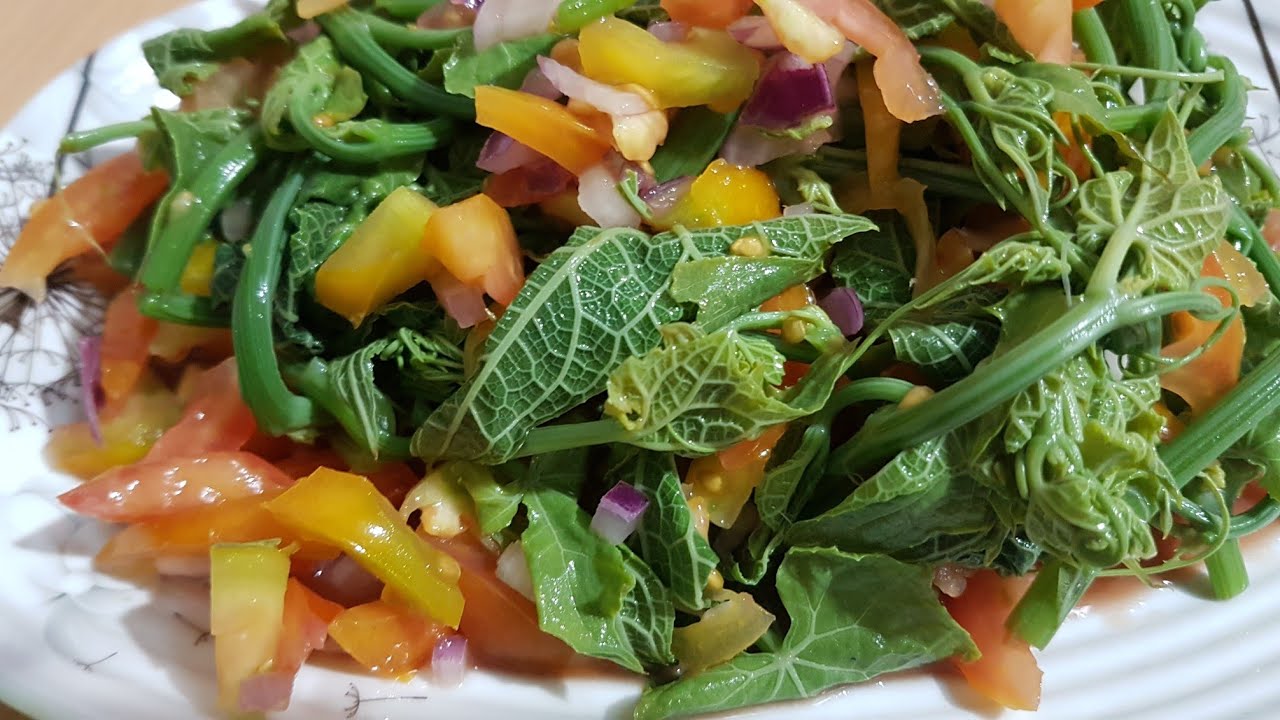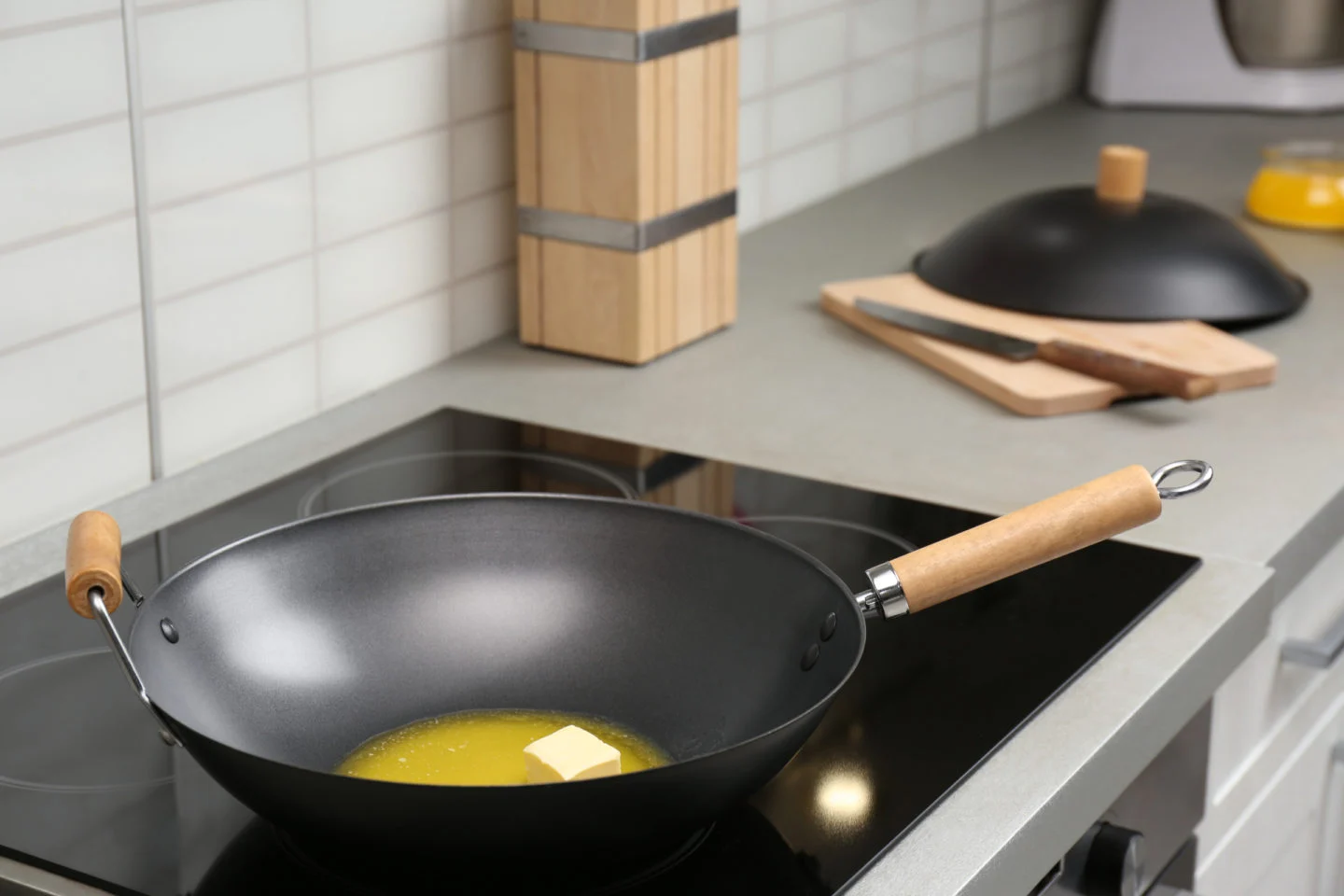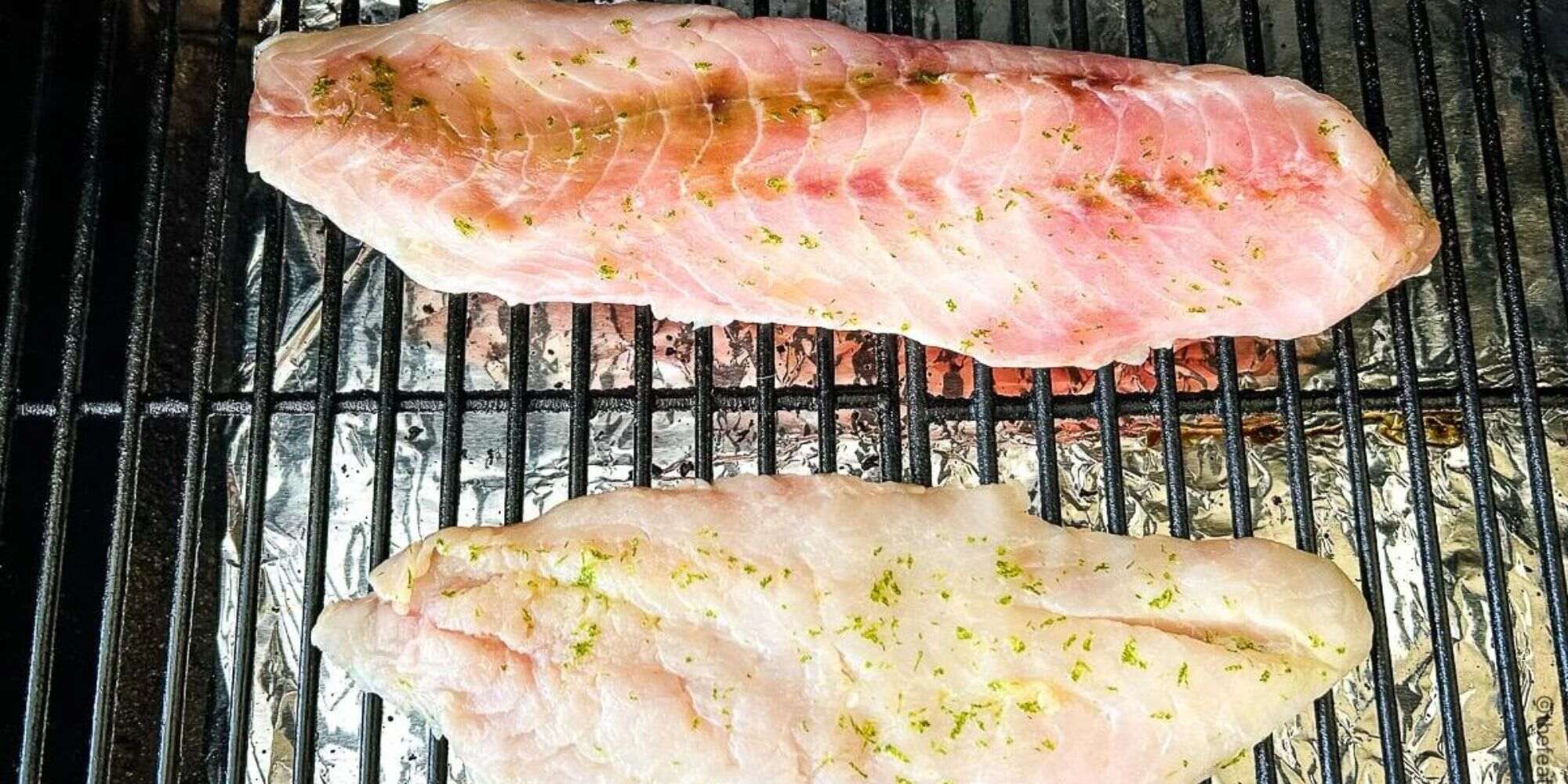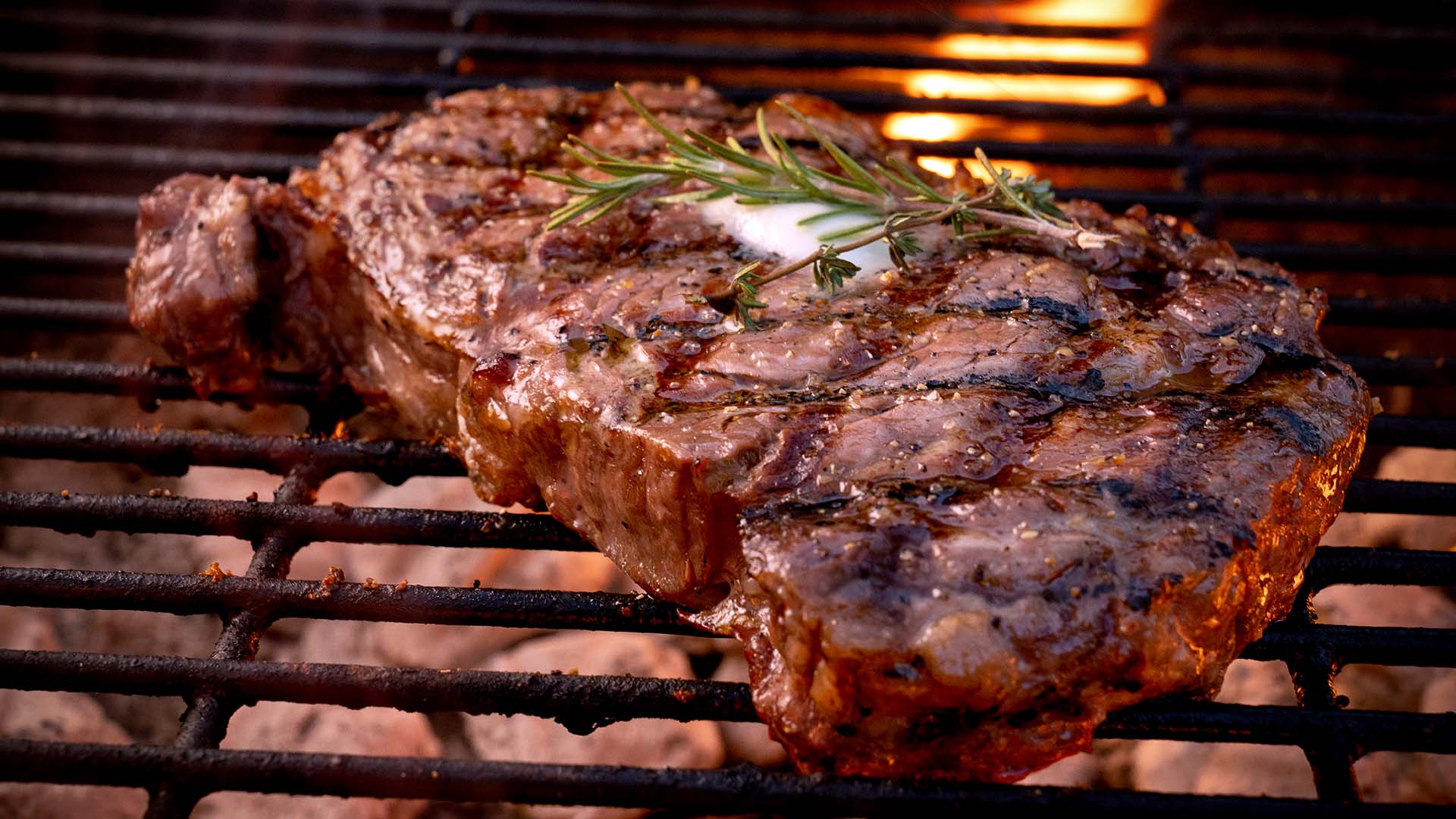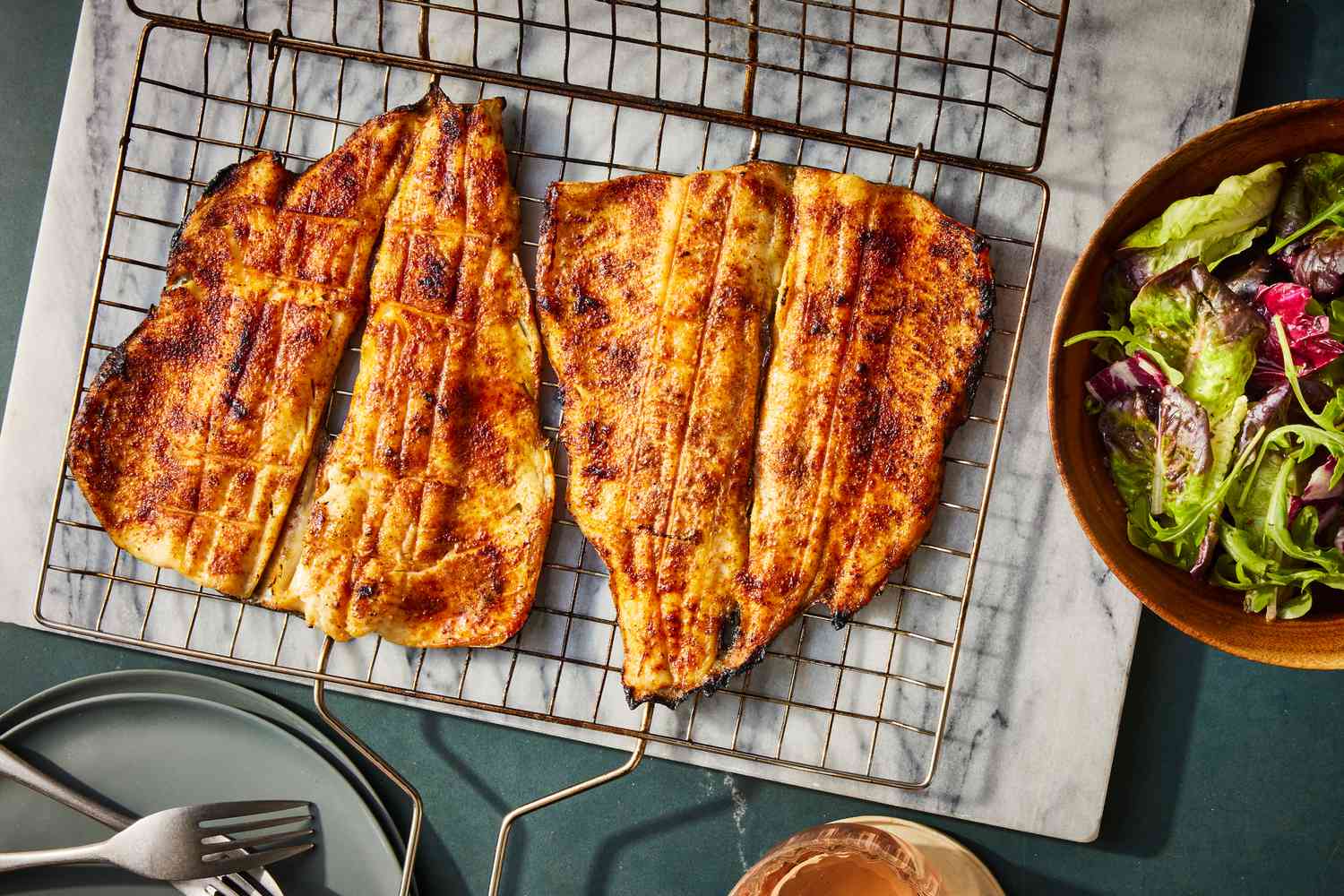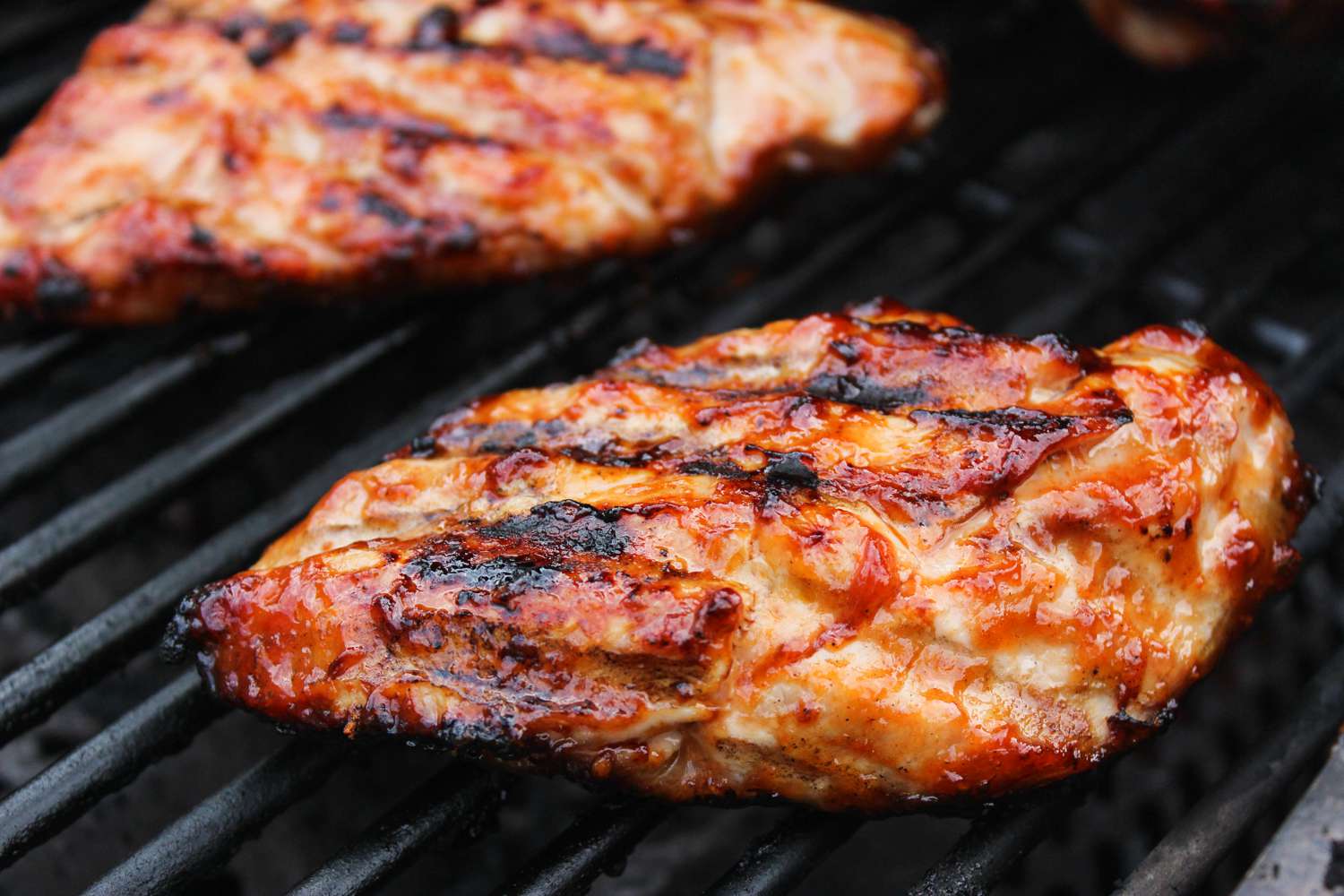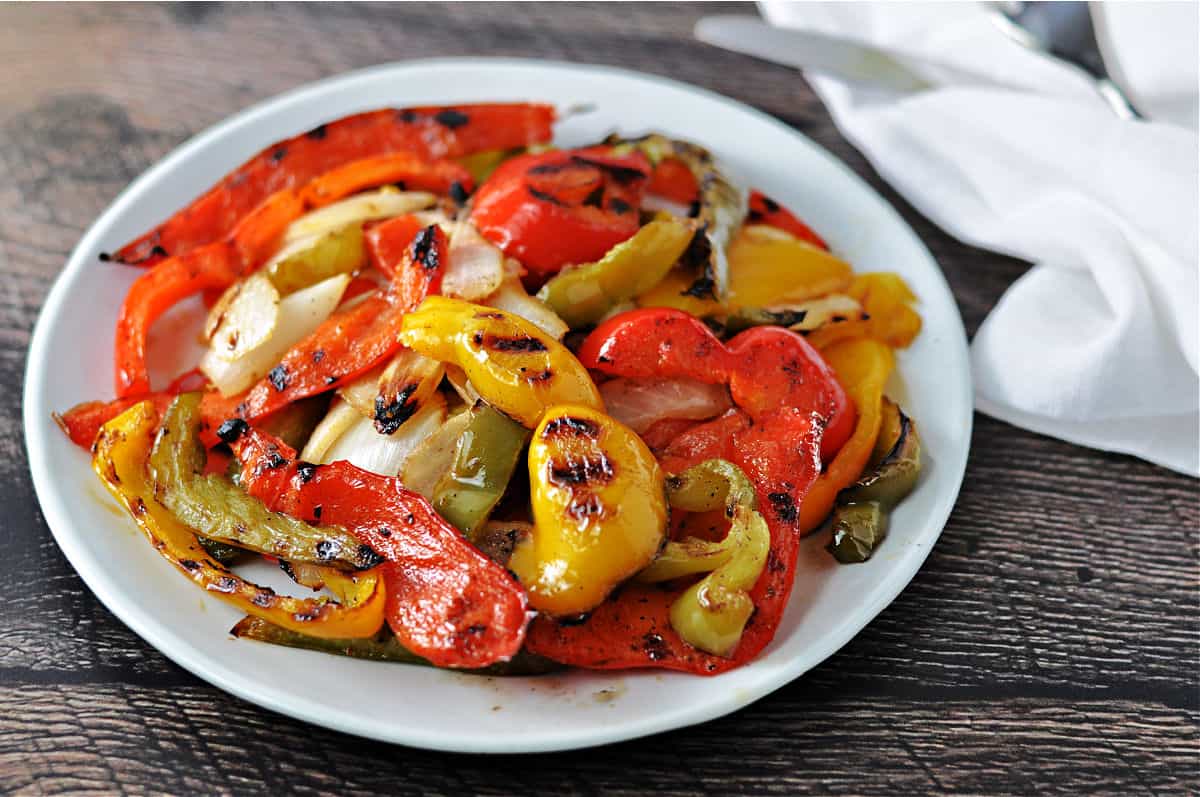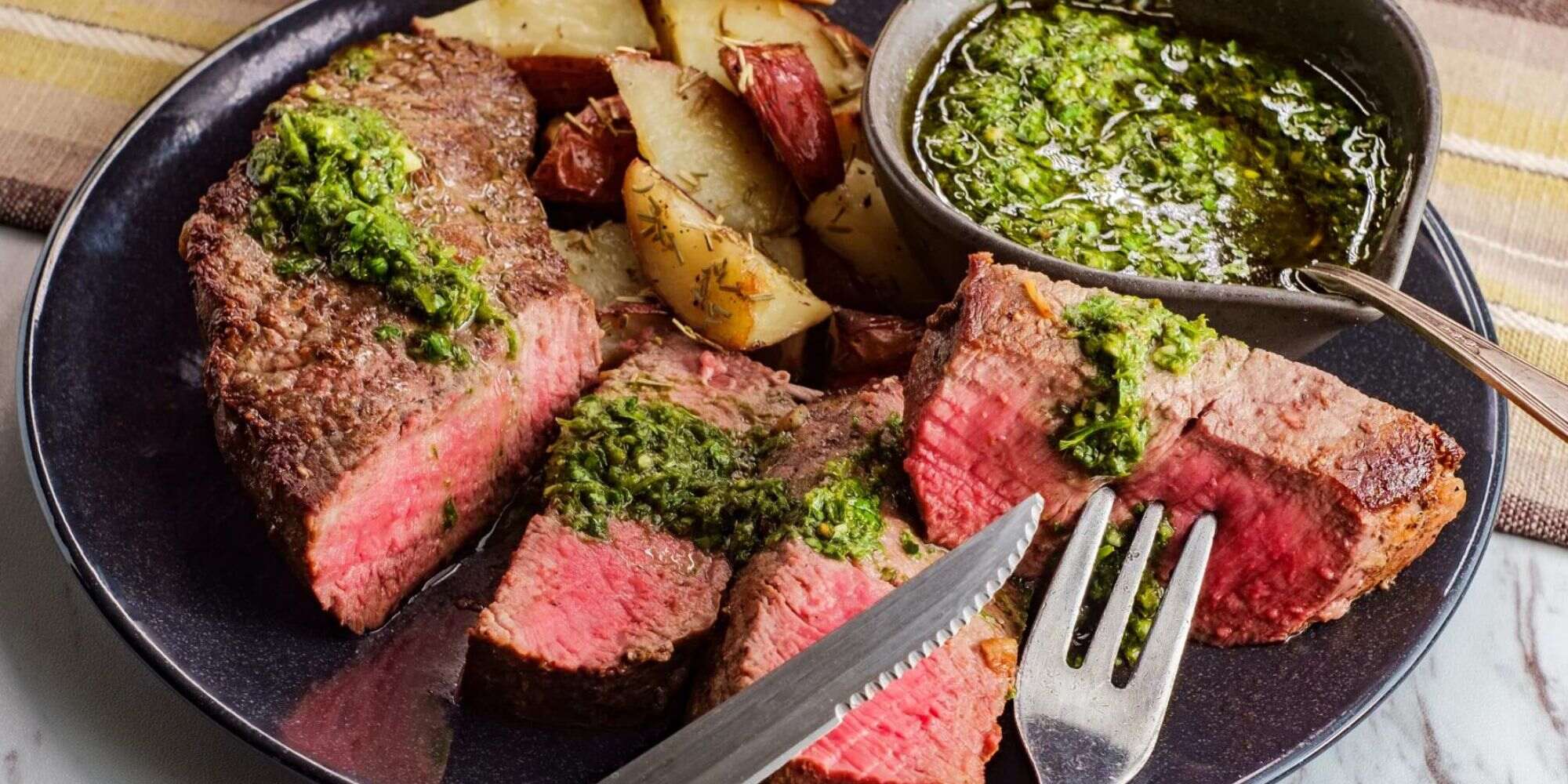Seasoning Your Calphalon Cookware: A Step-by-Step Guide
Calphalon cookware is known for its durability and high-quality construction. However, to ensure that your Calphalon cookware lasts for years to come, it’s important to properly season it. Seasoning your cookware not only helps to prevent food from sticking but also creates a non-stick surface that makes cooking and cleaning a breeze.
Why Season Your Calphalon Cookware?
Seasoning your Calphalon cookware is essential for several reasons:
- Preventing Rust: Seasoning creates a protective layer on the cookware, preventing rust and corrosion.
- Enhancing Non-Stick Properties: Properly seasoned cookware has improved non-stick properties, making cooking and cleaning easier.
- Improving Flavor: Seasoning can enhance the flavor of your dishes by adding a subtle, smoky flavor to your food.
How to Season Your Calphalon Cookware
Follow these simple steps to season your Calphalon cookware:
- Wash the Cookware: Before seasoning, wash the cookware with hot, soapy water to remove any manufacturing residues or dust.
- Dry Thoroughly: Ensure the cookware is completely dry before proceeding to the next step.
- Apply Oil: Using a paper towel, apply a thin layer of cooking oil (such as vegetable oil or canola oil) to the interior and exterior of the cookware.
- Heat in the Oven: Preheat your oven to 300°F (150°C) and place the oiled cookware upside down on the middle rack. Let it bake for one hour.
- Cool and Wipe: Turn off the oven and let the cookware cool inside. Once cooled, use a paper towel to wipe off any excess oil.
Tips for Maintaining Seasoned Cookware
Once you’ve seasoned your Calphalon cookware, it’s important to maintain its non-stick properties. Here are a few tips to help you keep your cookware in top condition:
- Avoid Harsh Cleaners: When cleaning your seasoned cookware, avoid using harsh scrubbers or abrasive cleaners that can strip away the seasoning.
- Hand Wash Only: To preserve the seasoning, it’s best to hand wash your cookware with a mild dish soap and a soft sponge.
- Re-Season Periodically: Over time, the seasoning on your cookware may wear off. If you notice food starting to stick, it’s time to re-season the cookware.
Conclusion
Seasoning your Calphalon cookware is a simple yet essential step to ensure its longevity and performance. By following the steps outlined above and maintaining your seasoned cookware properly, you can enjoy non-stick cooking and easy cleanup for years to come.
For those looking to put their newly seasoned Calphalon cookware to the test, several recipes stand out as must-tries. Start with the Perfectly Seared Steak for a dish that truly showcases the skillet’s ability to achieve a beautiful crust. Move on to the Classic Fried Chicken, where the even heat distribution of your pan will make all the difference in achieving that golden, crispy exterior. For a lighter option, Sautéed Spinach with Garlic offers a quick, nutritious dish that highlights the pan’s non-stick capabilities. Don’t miss out on Skillet Cornbread, a side that benefits from the cookware’s ability to hold heat evenly, resulting in a perfectly browned crust. Finally, the Fried Rice with Vegetables and Egg is a versatile dish that allows you to test the pan’s ability to cook multiple ingredients evenly. Each of these recipes not only enhances your cooking experience but also takes full advantage of the benefits offered by your well-seasoned Calphalon cookware.
Was this page helpful?
Read Next: How To Season Granite Stone Cookware
